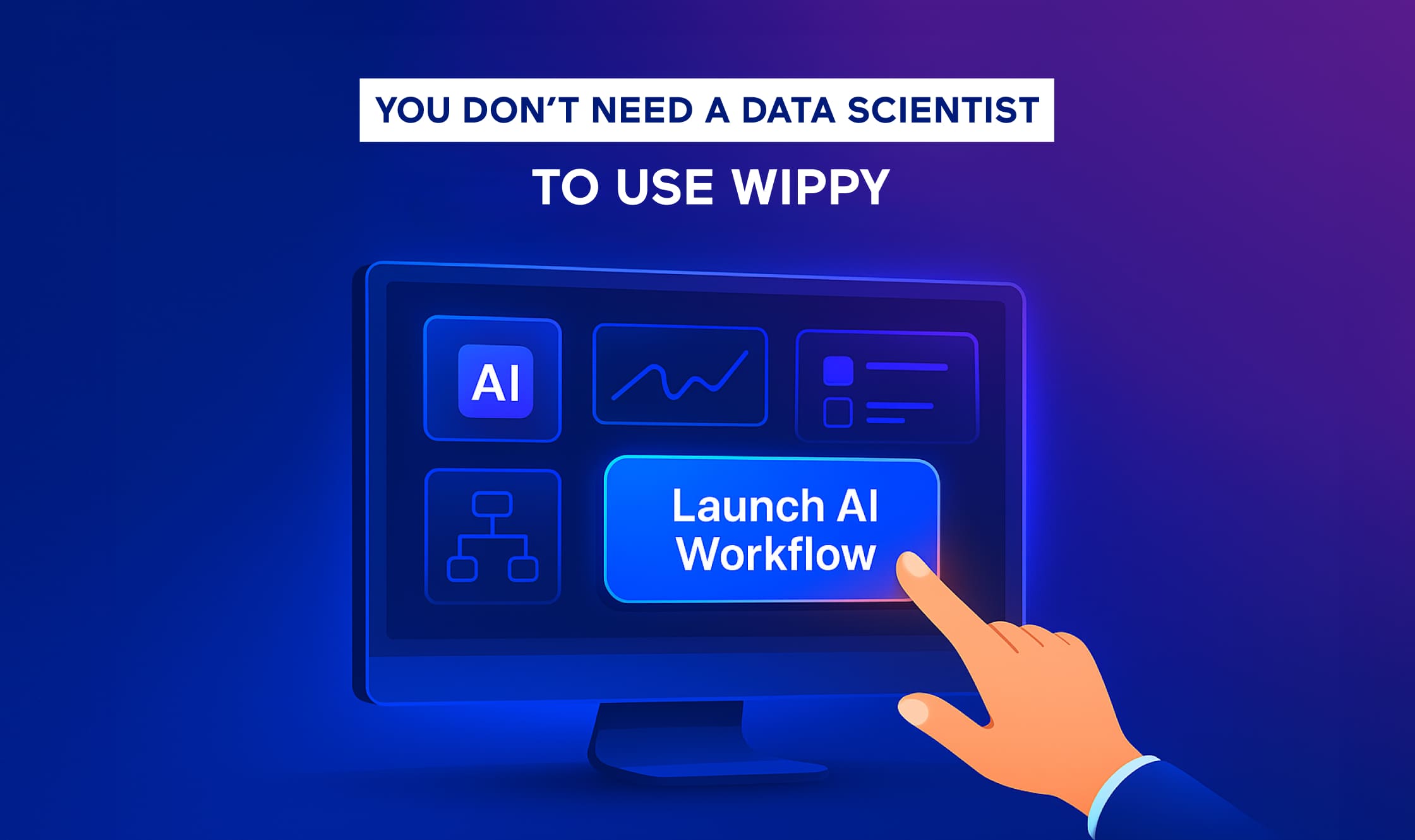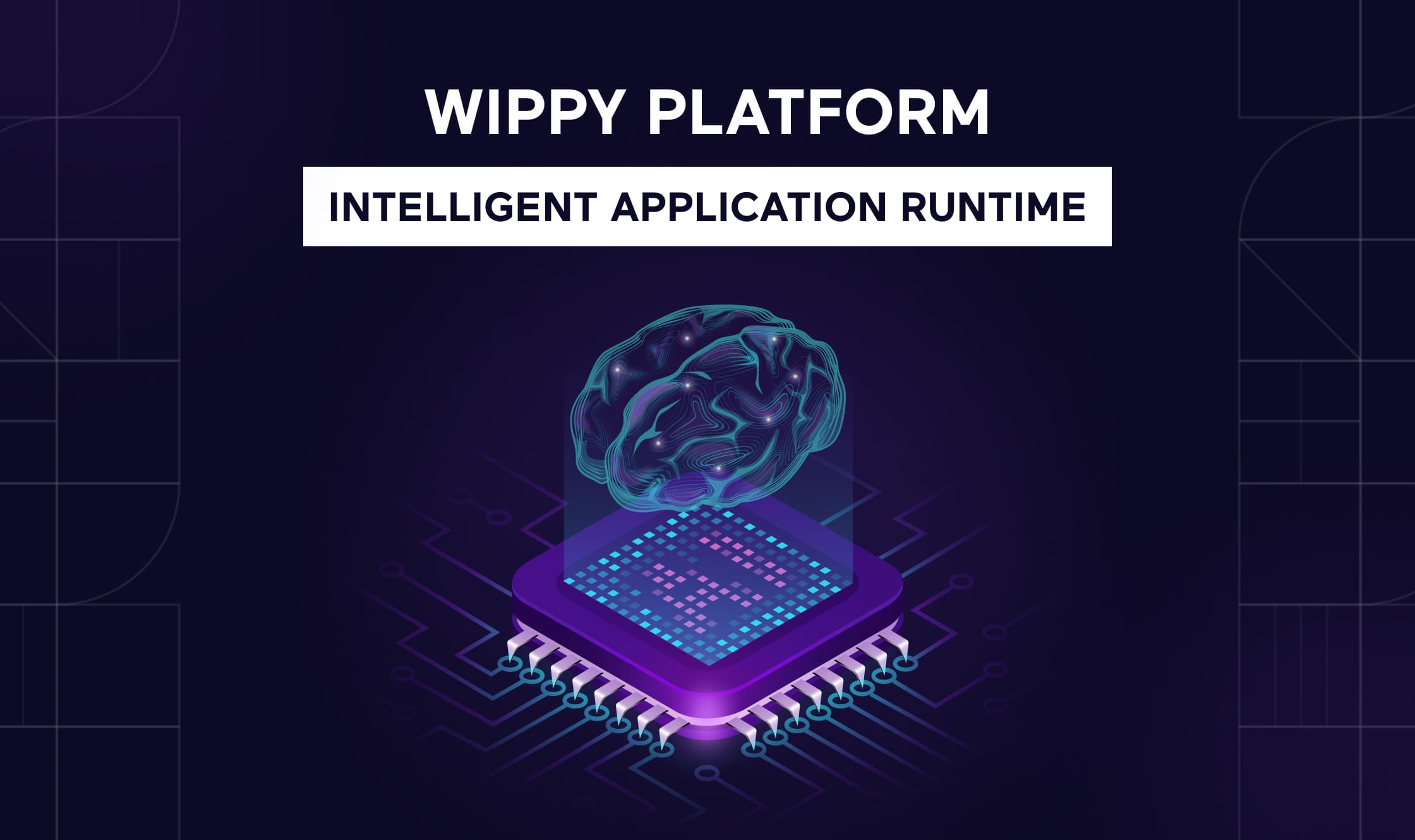Many companies struggle with AI implementation not because of technology, but because their processes are messy. By adopting agent workflow design best practices, leveraging AI consulting for businesses, and using modern AI agent software and AI agent tools, you can transform unclear workflows into scalable, structured AI systems. This post shows how to map your team’s real-world processes, avoid common automation traps, and design practical AI agents that actually work.
In our experience, the main reason companies encounter difficulties with AI isn’t the technology’s inadequacy. It’s the attempt to automate processes that haven’t been clearly documented or broken down into actionable steps. This oversight is common but crucial to address. Before considering LLMs, ideal prompts, or the best tools for “workflow automation,” it’s essential to map out your actual processes. Break them into smaller steps, illustrating their connections and identifying the people or teams involved.
If you’re a product manager, team lead, operations director, or founder looking to apply AI to your business, this post is for you. You don’t need to be technical, but it helps to be curious about how work actually happens inside your team and start practicing breaking these steps down. We’ll show you how to take a process that currently lives across spreadsheets, inboxes, and multiple people’s brains on your team and get it ready for workflow automation using AI agents.
Why Mapping Comes Before Automation
Let’s say your team responds to customer inquiries, reviews legal contracts, builds custom product quotes, or processes client invoices. You probably already know the process works, but you also know:
- It’s slow
- It’s inconsistent
- It lives across five tools
- It depends on one or two people who “just know how to do it”
So someone says, “Can we use AI to automate this?”
That’s a great instinct, but also a trap. If you skip directly to trying out tools like ChatGPT, Claude, or a prompt template, you’ll quickly hit a wall and face frustration.
Here’s what we’ve seen happen again and again:
Teams try dropping messy files or scattered data into a chatbot and expect a magic answer. The results are chaotic, confusing, and unusable. Why? Because the AI can’t figure out what problem it’s solving or what the process actually looks like or is supposed to look like.
AI is a pattern recognition machine. If there’s no pattern to recognize, it doesn’t know what to do. So the first step is for you to provide clarity. That’s what workflow mapping gives you.
What Is Workflow Mapping, Really?
Workflow mapping is not a technical process. You’re not building a flowchart or drawing endless diagrams (think UML). You’re simply writing down:
- What people do and how they work together
- What tools they use
- What decisions they make at each step
- What steps follow which
- Where delays, handoffs, or human guesswork exist
Think of it as documenting the actual muscle memory of how work gets done at your company. Not how it should work, or what’s in the SOP from 2020, but how it’s actually done today. It’s going to be messy and painful to start. Once you write it down, you’ll start to see:
- Which parts are consistent and repeatable
- Which parts rely on judgment or experience
- Where people lose time searching, waiting, or redoing work
- Which steps could be automated or streamlined
Step 1: Watch Someone Do the Work
Observe the process in action. Take notes on each step, decision, and tool used. This firsthand observation provides insights into the workflow’s nuances and potential areas for improvement.
Seriously. Sit next to them. Or screen share. Best if you can actually record the steps and process. Watch how they open the files, click through tabs, scroll through messages, or check multiple tools to get the full picture.
Ask:
- “Where do you start?”
- “What info do you need before you can begin?”
- “What slows you down the most?”
- “What part of this feels manual or repetitive?”
Write it all down, step by step. You’ll likely discover steps and edge cases that aren’t documented anywhere, and you want to document those to help AI.
This is gold.
Real example:
We worked with a manufacturing company whose quote response process lived in an Excel doc, a CAD file, two shared folders, and three people’s memories who worked in different departments that were busy. Nobody had ever written it down from start to finish.
Until they did.
That was the turning point where AI could be useful.
Step 2: Write the Steps in Plain Language
Step 2: Write the Steps in Plain Language
Translate the observed process into clear, concise language. Avoid jargon and focus on the sequence of actions, decisions, and interactions.
Turn what you saw into a clean list. Here’s an example from a typical quote workflow:
- Open the quote request email
- Download the attached BOM spreadsheet
- Compare it to past quotes in a shared folder
- Check material pricing from a supplier
- Email the finance team to verify margins
- Build the quote in Word
- Submit the final version through a portal
You don’t need fancy formatting. You just need a clear outline of what actually happens.
Avoid abstract terms like “process data” or “review request.” Write what they literally do and get as granular as you can.
Step 3: Highlight the Repetitive and Slow Parts
Identify bottlenecks, repetitive tasks, and areas where delays occur. Highlight these as opportunities for automation and optimization.
Now that you have a map, scan it for patterns:
- What steps happen every time? What’s a one-off use case?
- What steps depend on human judgment?
- Where do people or departments wait on others? (Pro tip: you can use the wait time to show the value that AI can have in cutting down that time)
- What involves digging through old files or emails?
Here’s how to spot different categories of opportunity:
Task Type | AI Opportunity |
Repetitive/manual task | Automate it entirely |
Rule-based decision | Use an AI agent or rule engine |
Search-heavy step | Use AI-powered search or embeddings |
Requires memory | Build a persistent agent memory or a knowledge base of data |
Needs approval | Keep it human-in-the-loop |
Remember: you’re not trying to replace people. You’re trying to free them from low-value work to focus on creating successful outcomes.
Step 4: Define What Good Looks Like
Establish clear criteria for success. Define the desired outcomes, performance metrics, and quality standards that the AI agent should achieve.
Imagine the ideal version of the workflow:
- What should never require a human again?
- What steps could AI suggest that a person should approve?
- What parts of the process need better documentation or structure?
- What info do people always wish they had at the right time, i.e., didn’t have to wait for others to share with them?
This future state becomes your design blueprint.
We often ask clients:
“If your best team member designed a tool to help them do this job 10x faster, what would that tool do?”
That’s what you want to build with AI agents. Not just a faster version of the current workflow, but a smarter, more helpful one that persists in your company’s knowledge.
Step 5: Turn the Map into an Agent
With a clear workflow map, you can now build AI agents faster. Use the insights gained to design and deploy AI agents that automate and enhance the process.
At this point, you’ve got:
- A written list of real-world steps
- Clarity on pain points and inefficiencies
- A vision for what an AI helper could do
If you’re using a platform like Wippy, here’s what happens next:
- Define the agent’s goal: “Help me respond to RFQs 60% faster.”
- Break it into steps: “Extract BOM, find past matches, write quote draft…”
- Identify tools: File parser, pricing API, historical database
- Write prompts or logic: Use traits like “cost-conscious” or “conversational.”
- Design outputs: Quote drafts, internal memos, alerts for approval
None of this requires coding. You’re defining behavior. And once it’s built, that agent can run 24/7, scale to other teams, and learn over time.
What a Final Output Looks Like
A well-designed AI agent will streamline operations, reduce errors, and improve efficiency. It acts consistently, leveraging structured data and predefined logic to deliver reliable results.
Here’s what a finished workflow-to-agent might look like:
Agent Name: Quote Assistant
Input: New RFQ upload
Steps:
- Parse the BOM
- Search historical quotes by part match
- Calculate price range with margin logic and find past examples where there could be cost improvements
- Draft a proposal paragraph
- Flag low-margin items for review
Output:
JSON + ready-to-send quote in a Word document that can be converted to a PDF.
One process. One agent. Saved hours and human mistakes every time.
Common Pitfalls to Avoid
- Skipping the Mapping Step: Without a clear understanding of the process, AI implementation is likely to fail.
- Overcomplicating the Design: Keep the workflow map simple and focused on key actions and decisions.
- Ignoring Stakeholder Input: Involve team members and stakeholders to ensure the AI agent aligns with business needs.
- Trying to automate everything at once: Start with one process. One agent. One win. Pro tip: start small and find those wins that save 30 minutes to a few hours each time.
- Not involving the person who does the actual work : Your SME knows what works and what breaks. They’re your co-designer and who you need at the start.
- Thinking AI will “figure it out” : AI can’t do anything useful if it doesn’t understand the structure, steps, and concept of what you are trying to solve.
- Assuming you need clean data before starting : You just require a consistent structure. Perfection is optional. Clarity is not. Please note that there is a rule that “garbage in, produces garbage out,” so having clean data is a great starting point.
Why This Matters More Than the Model You Choose
The effectiveness of AI implementation relies heavily on having a well-defined process. Even the most advanced AI agent is ineffective if it lacks direction. Workflow mapping is not just an initial step—it’s the cornerstone for:
- Agent accuracy
- Faster time to value
- Consistent outputs
- Real-world scalability
Skipping this step can leave you trapped in “AI jail,” unable to progress. However, when done correctly, you can build once and reuse across various applications, maximizing efficiency.
Ready to Map Your First AI Agent?
We collaborate with product teams, operators, and innovation leaders weekly to design and deploy AI agents that truly work. If you’re unsure where to begin, here’s your starting point:
We’ll guide you through your process, showing you how to convert it into an AI agent without the need for coding, stress, or unnecessary tools. AI is powerful, but structure is what makes it truly useful. Let us help you build that structure.



